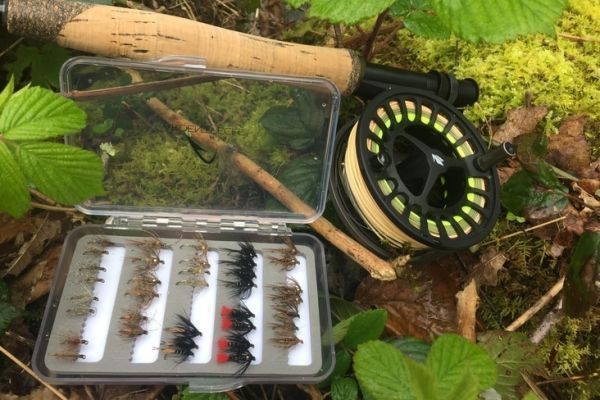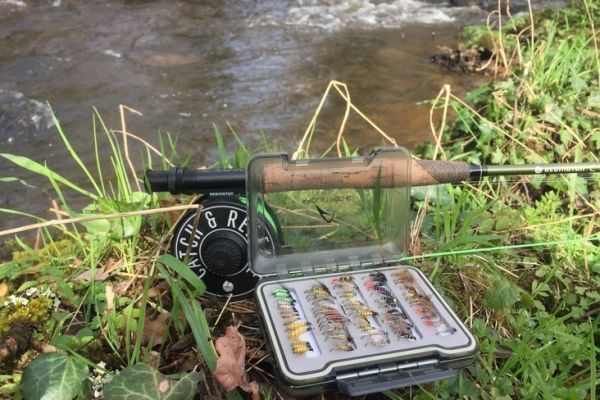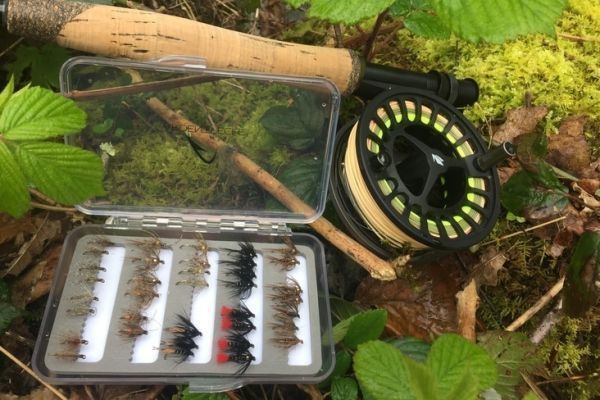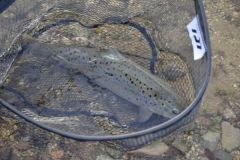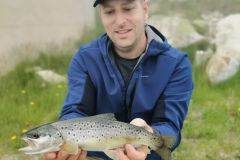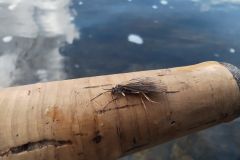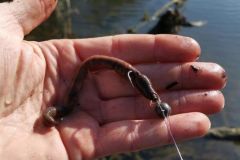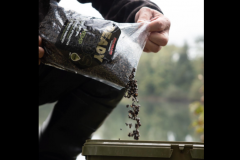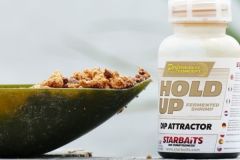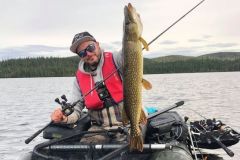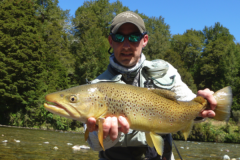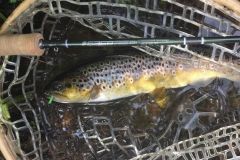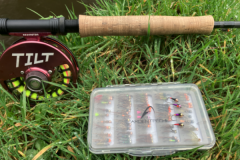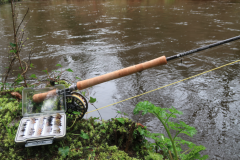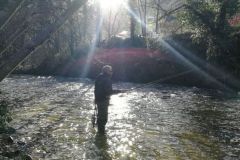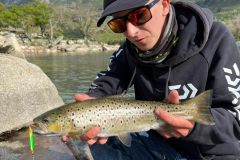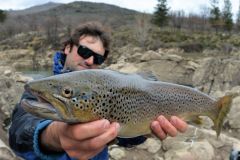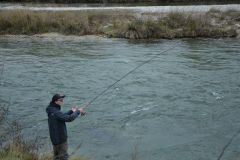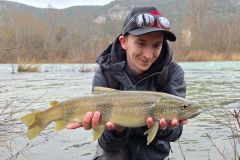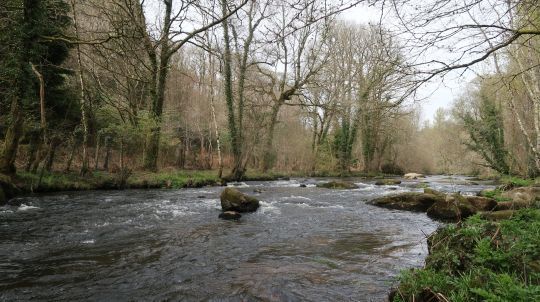
How many flies should you put on your leader?
Fishing regulations authorize the use of a maximum of three flies on a leader. This "train" of flies will therefore be made up of one to three flies, depending on your fishing style.
Using several flies has several advantages. The first is to offer several imitations to the fish, but also to fish at different heights in the water layer.
The flies will therefore move at different levels and cover different "ground". Depending on the number of hits, it will be possible to determine at which level the fish are located and gain a better understanding of their feeding activity.
However, using three flies can generate knots and tangles. It's also easier to get caught in branches and lose several flies at once! So, depending on your level of fishing and how crowded the river is, you can fish with 1, 2 or 3 flies. Personally, I often use two flies.
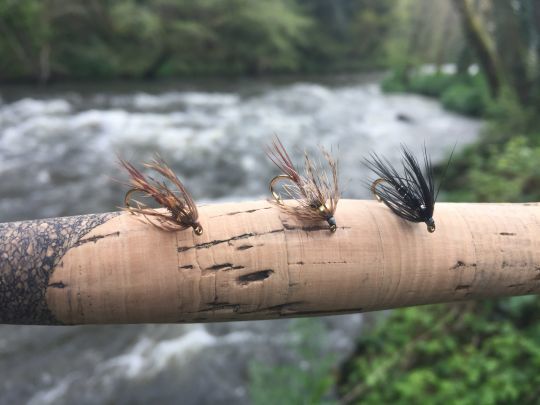
Choosing the right flies
As is often the case, the choice of flies is an important factor in the success of your fishing trip. Some insects will hatch during the fishing trip. So it's a good idea to choose flies according to their size and color, to represent the flies of the moment. These flies are called imitation flies.
In the absence of a hatch, you can choose your flies according to your experience and knowledge of your river. In this case, it's a good idea to test different shades of fly. Use one light and one dark. Two different sizes. One with a shiny band, one without, etc...
In the absence of bites, it's also possible to mount flies that are more of an incentive, not necessarily imitating prey present in the environment, to attract fish out of curiosity or aggression. They are often more colorful and/or "flashy" or have a brightly colored tag (tail).

Often, when using several flies, the tippet fly will be the densest or heaviest to stretch the leader. In this case, I like to use tippet flies with a brass or tungsten ball behind the hackle. It can be self-sufficient, but I like to use another fly on top of it.
Fly spacing is often between 40 and 70 cm. This depends on the position (depth, speed) and fish activity. The colder the water, the closer to the bottom the bites will be. In this case, it's a good idea to reduce the distance between flies.
Depending on the season, I use 18° to 14°. I rarely go below that.
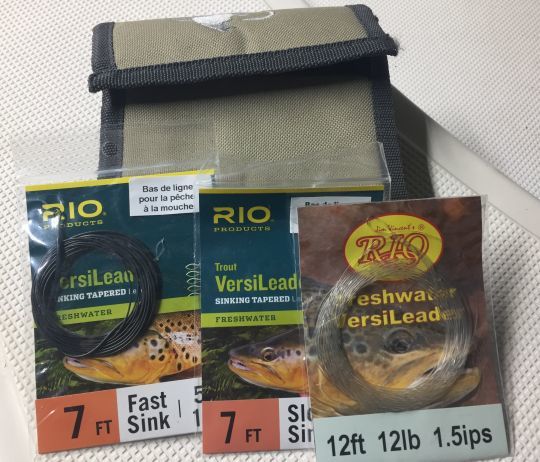
Adapting to conditions
With drowned flies, you need to constantly adapt to the water level, the depth of the stations and the activity of the fish. To do this, you can use sinkers or polyleaders to lower your flies into the water and get closer to the fish. This is very practical for quickly adapting and fishing at the right height.
They come in several densities, from intermediate to very fast diving. I use the 5- to 6-foot ones made for trout.
We then play with the weight or density of the tip fly (if several flies), then the angle of presentation, the repositioning of the line or mending to move to different heights and speeds.
